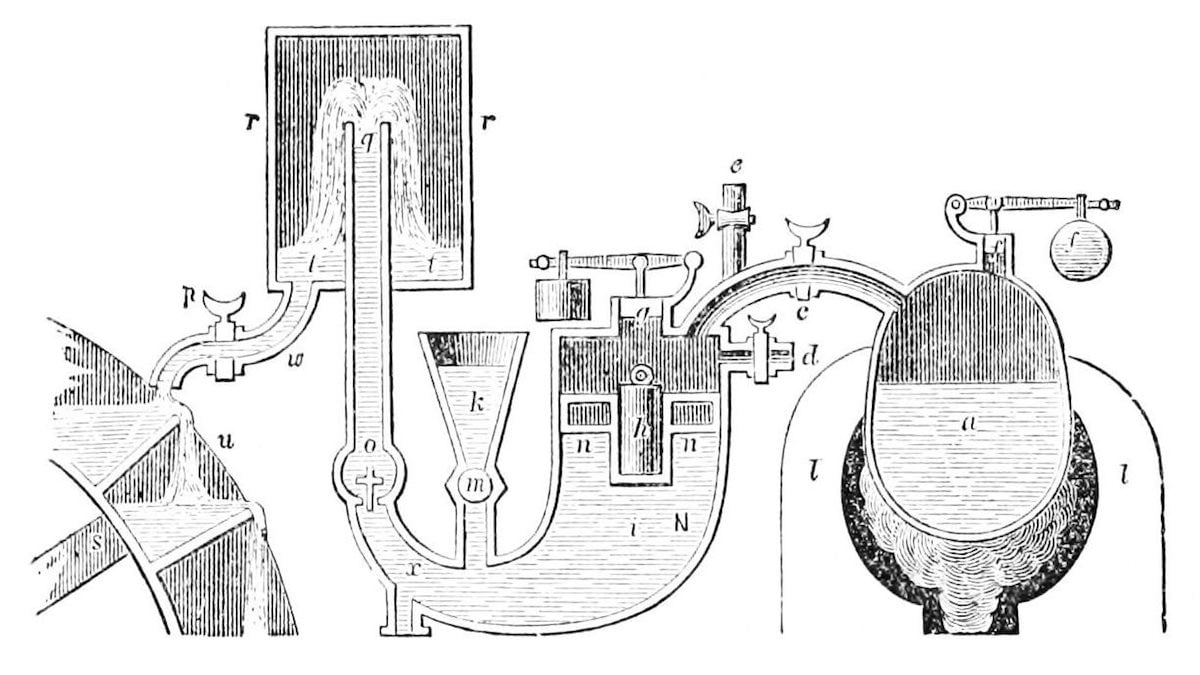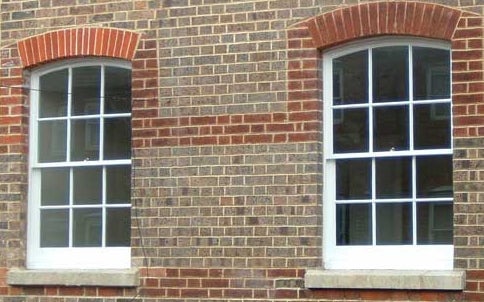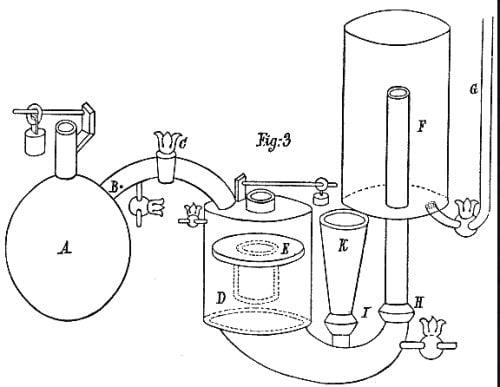What have refugees and asylum seekers invented for us?
The growing and terrible refugee crisis got me thinking about some of the inventors who were also asylum seekers. Sam Bowman noted that in addition to the compassionate case, some research shows that refugees can have a positive impact on economic growth.


The growing and terrible refugee crisis got me thinking about some of the inventors who were also asylum seekers. Sam Bowman noted that in addition to the compassionate case, some research shows that refugees can have a positive impact on economic growth.
In addition to effects on the workforce and existing industries, however, refugees also have a history of providing us with substantial improvements to living standards. During the Industrial Revolution, as far as I know, Britain essentially had open borders, and as I’ve noted before, a lot of great inventors were immigrants. But what do we have refugees in particular to thank for?
Take the director of the glassworks at Choisy-le-Roi, Georges Bontemps (1799-1884), who was forced to flee to Britain following the Second French Revolution in 1848. Fortunately, Bontemps had been acting as a commercial agent for the pioneering Chance brothers in Staffordshire since 1830. Indeed, he had communicated the secret to cylinder-blown sheet glass to them in the late 1830s, as well as helped them find French and Belgian glassworkers for their factory—an activity that could have seen him imprisoned.
So upon fleeing, the Chance brothers immediately hired him as the superintendent of their works. We have a lot to thank Bontemps for—amongst other improvements to the glass for camera lenses and other optical instruments, it was his expertise that allowed glass panes to reach an unprecedented size.
It’s difficult to imagine, in an era characterized by behemoth structures of steel and glass, but panes of glass up until the 1830s had been restricted to only small sections because we simply didn’t know how to make them any bigger (see picture below). It’s also one of the reasons churches’ stained glass windows are made of so many tiny plates, joined together by lead.

Thus, without his involvement, and particularly without the expertise that he shared with British glassmakers, we wouldn’t have been able to build the Crystal Palace—perhaps the defining symbol of the pinnacle of the Industrial Revolution in 1851.
There were also a couple of inventors who found themselves stateless after they had already immigrated to Britain.
One was Denis Papin (1647-1712?), a French Huguenot from Blois. We have Papin to thank for the pressure cooker, and perhaps most importantly, for the earliest atmospheric-pressure steam engine in 1690 (pictured below). Albeit initially impractical, it goes without saying that this was a momentous achievement in the history of technology.

Papin’s life reads almost as a history of Europe’s Scientific Revolution, working particularly closely with Christiaan Huygens, Robert Boyle, Robert Hooke, and Gottfried Wilhelm Leibniz.
In 1685, due to the revocation of the Edict of Nantes, which introduced the persecution of the Huguenots, his family fled to Germany. He joined them soon afterwards, in 1687, where he became a professor at Marburg, until eventually returning to London.
Another was Johann Jacob Schweppe (1740-1821), whose company lives on of course as a manufacturer of tonic water. Schweppe’s major contribution was to apply Joseph Priestley’s experiments on carbonating water to develop a machine that could mass-produce it, and then to develop it into a marketable product. Schweppe was the son of a peasant from Hesse. Lacking the strength for agricultural labour, he was apprenticed to a travelling tinker, who recommended him to a silversmith. He eventually ended up settling in Geneva.
Soon after taking his business to London in 1792, where he set up an aerated water factory on Drury Lane, the turmoil in France intervened. Fortunately, his daughter managed to join him before France declared war on Britain in 1793. Fearing the government’s reaction, Schweppe successfully appealed for the right to stay. He eventually returned to Geneva in 1802. France having annexed it in 1798, he returned to find himself a French citizen. (By the way, contrary to what it says on Wikipedia, his business did not fail—it was actually extremely successful and he simply sold his majority stake.)
Nor are these the only ones. The pioneer of lithography, Charles Joseph Hullmandel, was born in London shortly after his parents immigrated on the eve of the French Revolution in 1789. And there’s the Swiss Huguenot refugee Claude Passavant, who made significant improvements to carpet-making in Exeter in the 1750s.
We have a lot of inventions to thank refugees for. Without Papin, no steam power (and by the way, steam is even more useful than you think). Without Bontemps, no skyscrapers or windscreens, let alone window panes of any appreciable size. Without Schweppe, no gin-and-tonic.
This post originally appeared at Capitalism’s Cradle. We welcome your comments at [email protected].